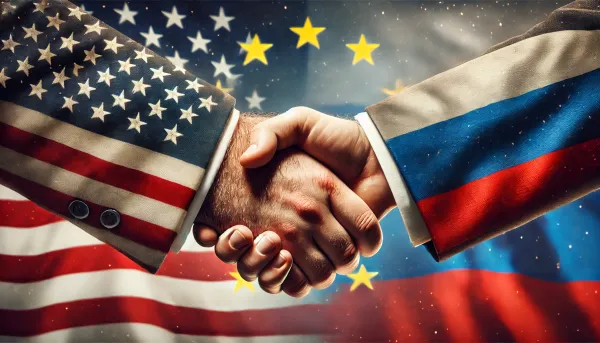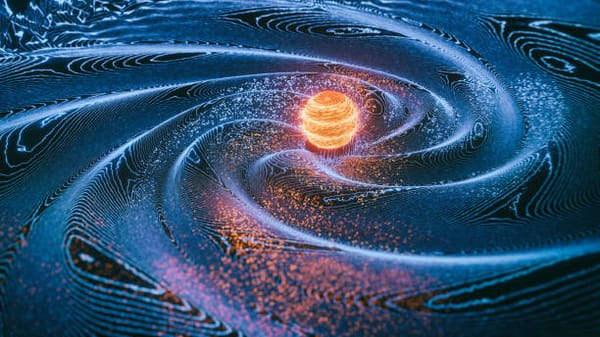The Evolution of Visual Creativity: AI Image Generators and their Impacts
This blog explores the evolution of visual creativity and delves into the impacts of AI image generators.
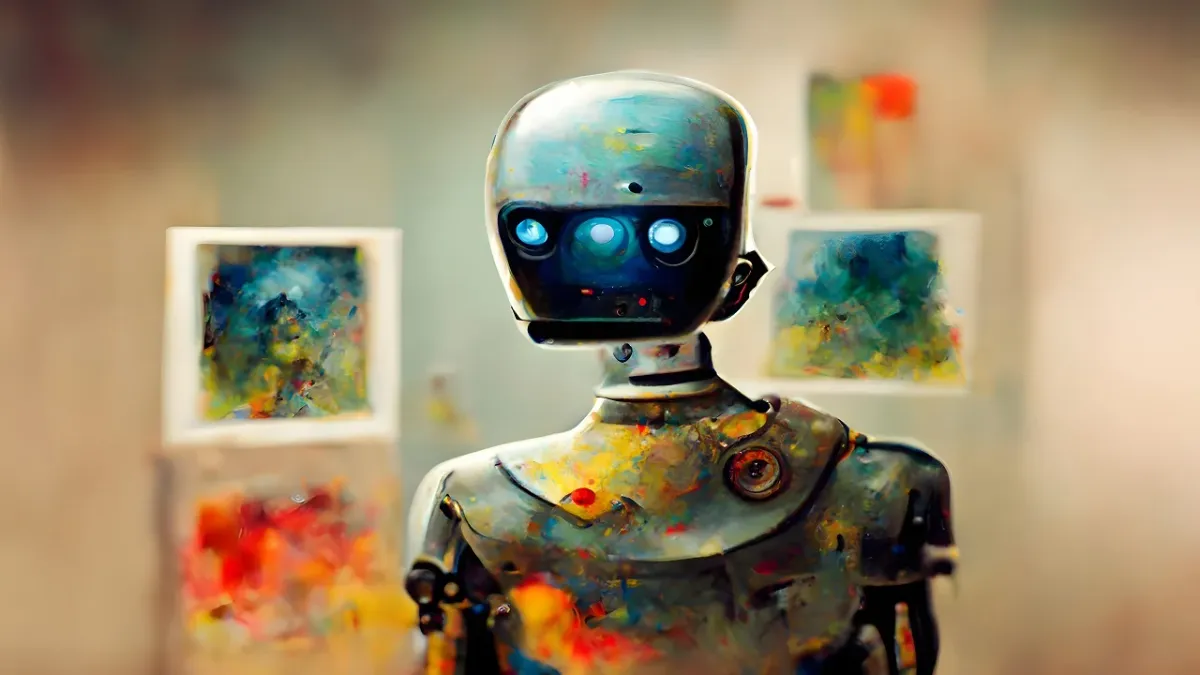
Introduction:
Visual creativity has always been an essential aspect of human expression, with artists and designers pushing boundaries and inspiring others through their work. In recent years, the evolution of artificial intelligence (AI) has introduced a new dimension to visual creativity through AI image generators. These remarkable tools have revolutionized the way we create, experience, and appreciate visual content. Today, we will explore the evolution of visual creativity and dive into the profound impacts that AI image generators have on various industries and artistic expression.
The Emergence of AI Image Generators
The journey of AI image generators began with the development of deep learning techniques and advancements in computer vision. We'll delve into the historical milestones that paved the way for the birth of AI image generation, such as the pioneering work in neural style transfer and the subsequent breakthroughs in generative adversarial networks (GANs). These advancements set the stage for the transformative impact of AI on visual creativity.
Some Popular AI Image Generators Include:
DeepArt.io:
DeepArt.io is an online platform that utilizes neural network algorithms to transform regular photos into artistic styles inspired by famous artworks. By using deep learning techniques, DeepArt.io analyzes the input image and applies the visual characteristics of renowned paintings to create a new and unique image. Users can choose from a selection of predefined art styles or upload their own images as references for the transformation process. DeepArt.io has gained popularity for its ability to turn ordinary photos into visually stunning and artistic creations, allowing users to explore their creativity and experiment with various artistic styles.
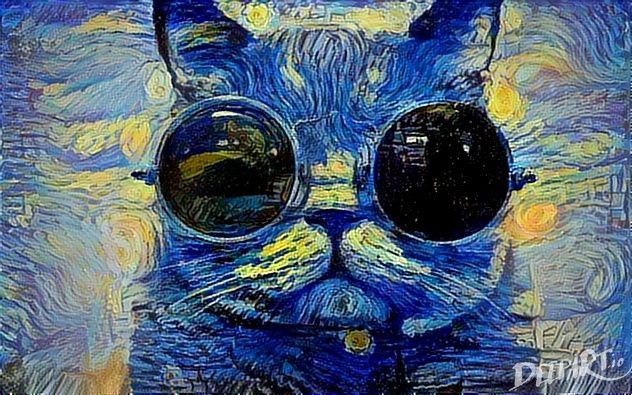
DeepDream:
DeepDream is a neural network visualization technique developed by Google. It involves feeding an image into a trained deep learning model and then iteratively enhancing patterns and features in the image based on what the model "dreams" it sees. By amplifying and modifying certain patterns, DeepDream generates surreal and abstract images that often exhibit a psychedelic or hallucinatory quality. DeepDream has become popular for its ability to create visually intriguing and visually captivating images that offer a unique perspective on the inner workings of deep neural networks.
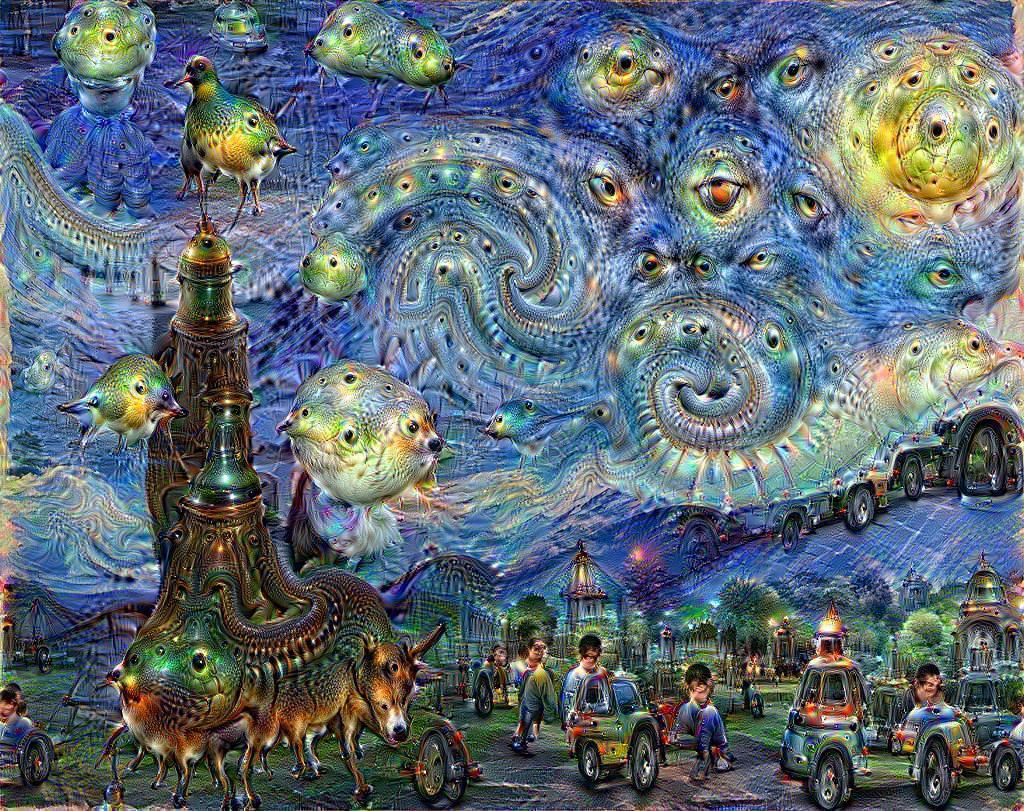
DALL-E:
DALL-E is an advanced AI model developed by OpenAI that specializes in generating images from textual descriptions. It combines techniques from natural language processing and generative adversarial networks (GANs) to create unique and imaginative visuals based on the given text input. Unlike other image generation models, DALL-E can generate entirely new images that have never been seen before, based on textual prompts. It demonstrates the capabilities of AI to understand and translate text into visually coherent and creative outputs. DALL-E has garnered attention for its ability to generate highly detailed and contextually relevant images, showcasing the potential of AI in the field of creative content generation.
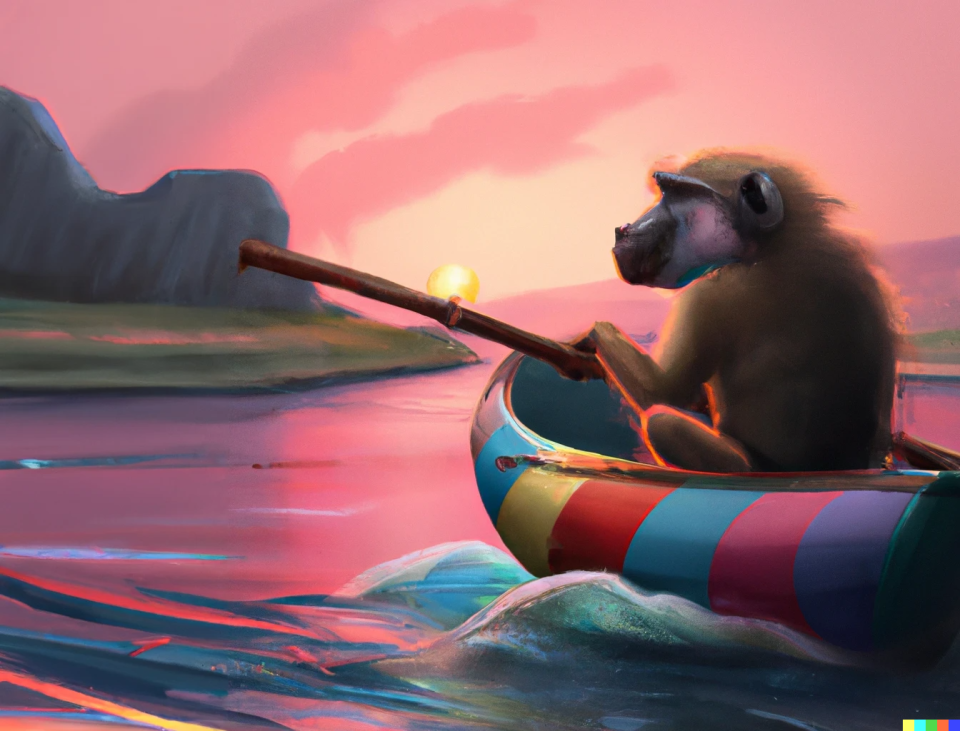
The General Impacts of AI Image Generators Include:
Empowering Creatives with AI:
AI image generators empower individuals, artists, and designers to explore new realms of creativity. We've explored how these tools democratize the creative process by providing accessible platforms for users of all skill levels. With user-friendly interfaces, customizable options, and vast libraries of design elements, AI image generators enable creators to bring their visions to life without the need for extensive technical expertise.
Expanding Artistic Boundaries:
The arrival of AI image generators has redefined the boundaries of artistic expression. Diving into how artists and creatives are incorporating AI into their creative processes, leading to the emergence of a new genre known as "AI-generated art." By collaborating with AI algorithms, artists can explore uncharted territories, generate unique aesthetics, and challenge traditional artistic norms. We've shown the notable examples of AI-generated artworks that pushes the boundaries of creativity and spark thought-provoking discussions.
Transforming Industries:
The impacts of AI image generators extend far beyond the realm of art. We'll explore how various industries, such as advertising, marketing, e-commerce, and entertainment, are leveraging AI image generators to create engaging visual content. These tools offer efficiency, cost-effectiveness, and scalability, allowing businesses to streamline their creative processes and enhance their visual storytelling.
Ethical Side of AI Generated Images
As AI image generators continue to evolve, ethical considerations come to the forefront. We'll address important questions surrounding copyright, ownership, and authenticity in AI-generated images. The potential risks of misuse and the importance of responsible AI practices will be discussed, emphasizing the need for transparency, accountability, and ethical frameworks to govern the use of AI image generators.
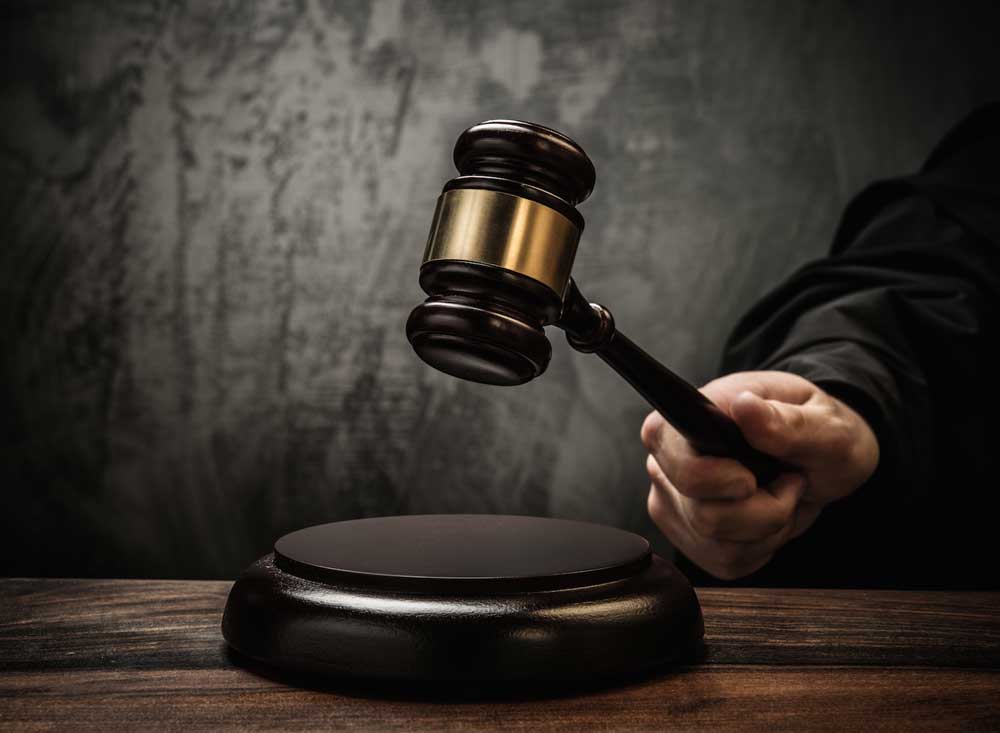
Who owns the copyright of AI generated images?
AI art cannot be copyrighted. The question of who owns art created by AI is a complex and controversial issue. While AI is responsible for generating the artwork, it is ultimately the human creators who programmed and trained the AI algorithms.
Can you legally sell AI-generated art?
Yes. As AI art becomes common, users want to generate NFT (non-fungible tokens) artwork and allow creators to sell their art in digital format.
What is the future outlook for AI image generators? Will they continue to evolve?
The future outlook for AI image generators is promising, and they are expected to continue evolving. Advancements in AI technology and deep learning algorithms will likely enhance the capabilities of image generation models, leading to more realistic, diverse, and creative outputs. Integration of AI image generators into various industries, such as design, marketing, and entertainment, will expand, offering new opportunities for streamlined and efficient visual content creation. Additionally, research and development efforts will focus on addressing ethical considerations, improving interpretability, and fostering human-AI collaboration. As AI technology progresses, the potential for AI image generators to revolutionize visual creativity and reshape the way we perceive and interact with images remains significant.
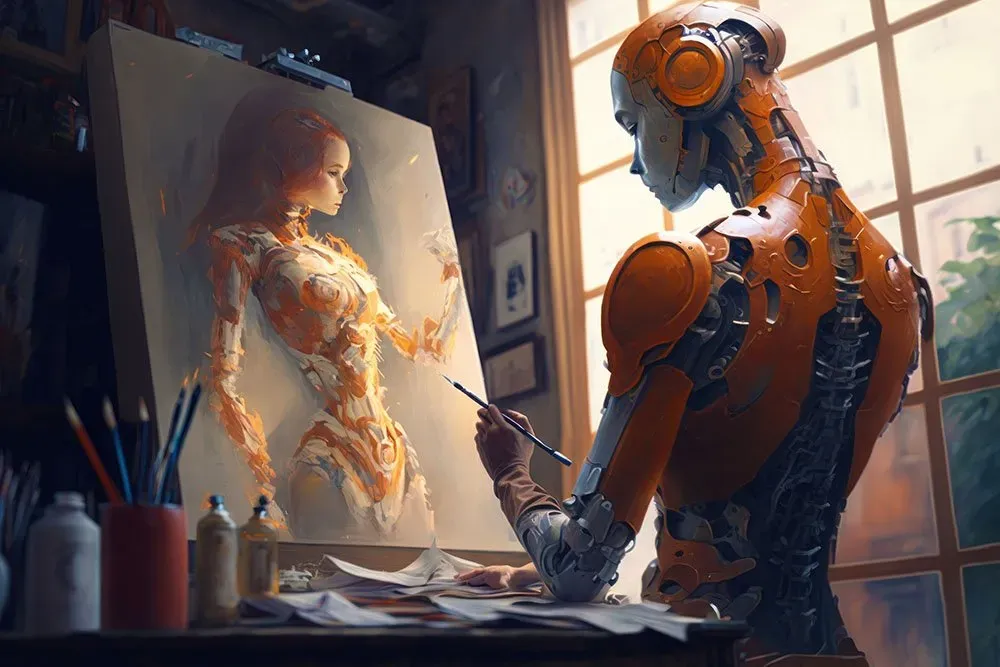
Conclusion:
The evolution of AI image generators represents a significant milestone in the history of visual creativity. These powerful tools have empowered individuals, expanded artistic boundaries, transformed industries, and sparked conversations about ethics and responsible AI use. As we continue to embrace the possibilities of AI image generators, it is crucial to ensure a balance between human creativity and AI assistance. The future holds immense potential for further advancements, inspiring us to reimagine visual creativity and revolutionize the way we perceive and interact with visual content.


